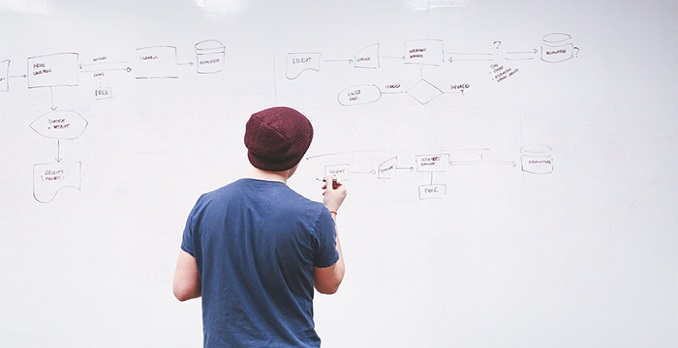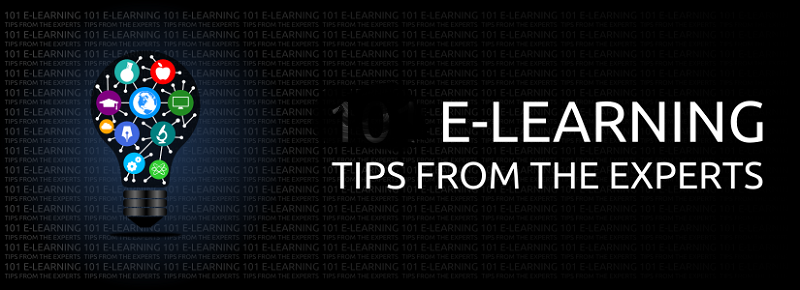When learning, it is a sales talk. To be successful, only one person is needed. It is the learner, the user. This person has the power to decide what will be successful. This person should, therefore, receive as much co-right as possible when developing new concepts. This is one of the basic principles of agile methods. But by far not the only one.
What distinguishes agile methods?
Agile methods are among the iterative models in project management. In this context, iterative means a continuous repetition of planning and development phases. This includes an early “reality check”: do the ideas fit into practice? Can the user start something? Are these additional functions used at all? The answers to these questions are not analyzed or suspected, but users are asked and involved. Agile methods prevent expensive errors that would otherwise be discovered too late. In general, concepts such as interaction, flow, transparency, and decentralized structures are of enormous importance in agile methods.
Behind these concepts is a touch of idealism. This is the basis for the Agile Manifesto, the Bible of agile methods. This manifesto makes it clear that a certain attitude must be in place to ensure the success of these methods. There is little to agile methods from above. Agile methods are based on voluntariness and teamwork from conviction.
Read Also: The disadvantages of not having basic computer skills
Examples of agile methods
There are many different variations of agile methods. Many are simple and catchy, others are more complex and suitable for specific projects. Two well-known examples are briefly explained here: Kanban and Scrum.
Kanban method
Terms like the flow and total transparency sound good and meaningful, right? However, they are not suitable for everyone immediately, especially in practice. Often there are resistances at the beginning. KANBAN is one of the more well-known agile methods that can avoid such possible resistances gently. All work processes are made transparent and visualized (canvas and card types). It is important that all tasks are recorded as small as possible. (No endless mammoth tasks!) Then the processes should wander. From one category to the next, for example, launch, develop, test, and publish. (The categories are of course interchangeable.) More important are the two principles behind it: uniformity and limitation. Task processing should not be stalled (no task lasts too long in a category). To achieve this, limits are set per category. For example, no more than 4 work processes should be processed at the same time. This gives the dynamics and therefore the flow. This agile method can cautiously avoid possible blockages.
Scrum method
Scrum is also an agile method, with a slightly different focus. This is about speed, and this is as simple as possible. Scrum is, therefore, a model for agility. The core of Scrum is in one word: Sprints. For this, however, no running shoes are required and no best times are set up. Rather, a sprint means a fixed duration in which the development team works undisturbed. This is ensured by the method expert (aka “Scrum Master”). Daily and between the individual sprints, the developers reappear and reflect on their work before switching back to the sprint. Even with this agile method, continuous feedback is important not only in the team but also between the team and product managers. However, there are fixed phases for exchange and fixed times for focused work at Scrum. Decentralized structures are at the forefront; there is no project leader in the conventional sense.
3 tips for agile methods and e-learning
Tip 1: As mentioned at the beginning of the article, the customer is indispensable when it comes to agile methods. And of course, this is all the truer for learning offers on the Internet. Developers and customers work from the outset in a boat and there is constant exchange over requirements and progress.
Tip 2: 3,2,1 … Sprint! Tasks should be kept as small as possible and processed quickly. Standstill and blockages are prevented.
Tip 3: Focus and priorities. All tasks are visualized and distributed regularly. There are clear priorities and limitations for concurrent work processes.
Agile methods can be roughly summarized in one word: communication. The lack of communication is the most common reason why many projects fail or slow down. Because Agile are using methods and just want to be a step faster.










